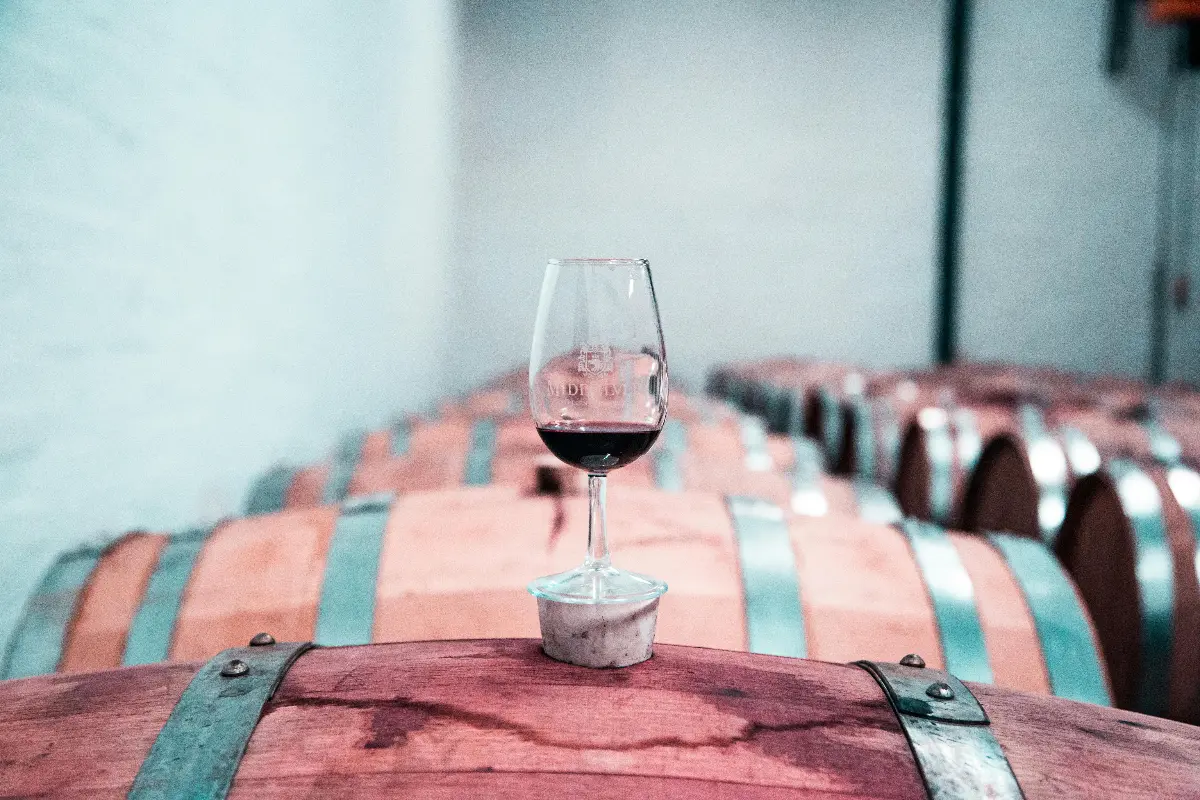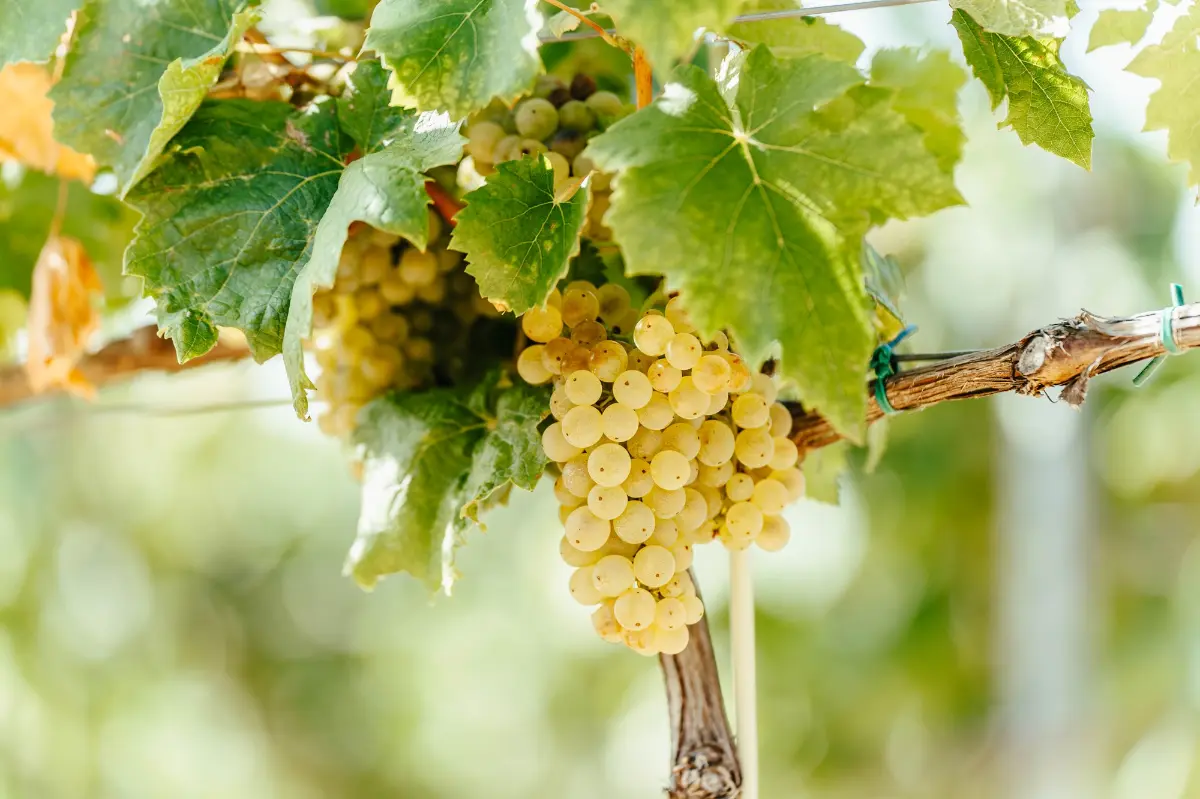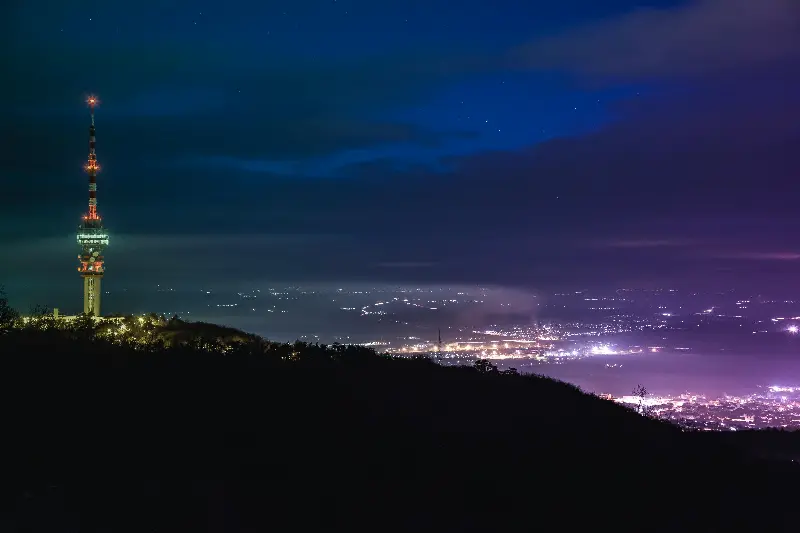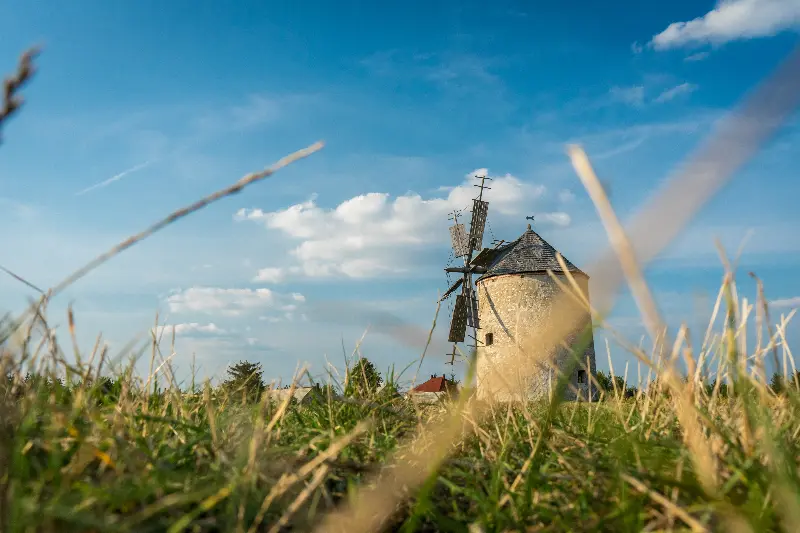
Helyszín címkék:
Identity and wine
Mészáros Gabriella
In the last half century, due to social and political reasons, the natural values, agricultural products and crops found in the Carpathian basin, and the characteristic ways of processing, preserving and preparing the food made from them have largely disappeared. It is the task of all of us to find, enumerate, record and preserve the values that still exist.

What is Hungarian wine like?
It is not an easy question. The geological and geographical location of the country makes it possible to make almost any wine. It is diverse, but very unique and unmistakably Hungarian. Diversity can be seen as a two-sided coin. On the one hand, it can be a source of a kind of wealth, and on the other hand, it can also destroy individuality. That is why it is so important to achieve and maintain the best ratios between traditional and advanced, international and domestic. We can safely say that this diversity is particularly valid for the past thirty years of our winemaking.
After the Second World War, Hungarian agriculture suffered one of its darkest declines. The means for mass production were slow to emerge, and the interests of political power quickly took precedence over geographical and economic considerations. The one-party state increasingly tried to deny their significance. These trends were faithfully reflected not only by individual tragedies, but also by the main indicators of wine production. Now we collect some of the steps in Hungarian wine production that were able to promote the reappearance of our wines on the global scene - especially due to the impressive variety of terroirs. The country's well-known winemakers have consciously begun to re-exploit the brilliant possibilities of this blessed land.
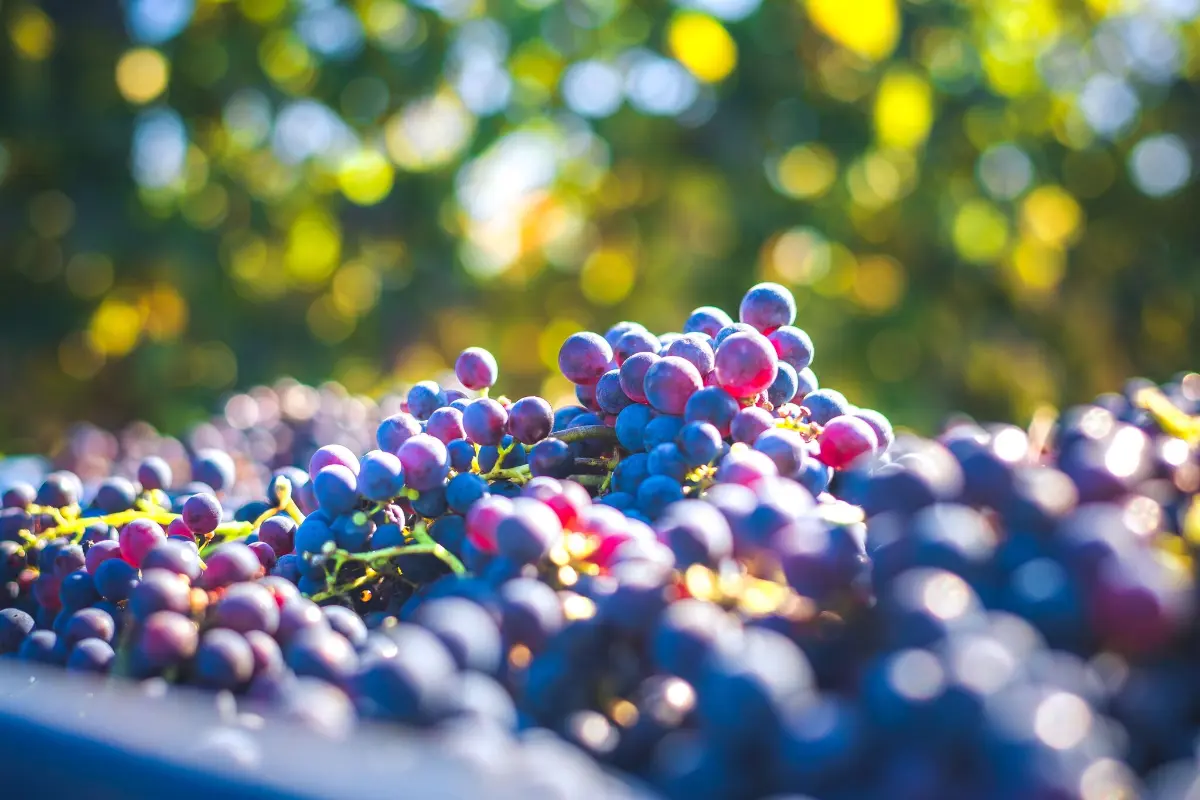
Some history
Wine regions and good wine-growing landscapes in Hungary are already mentioned in records from the 18th century. The first wine region classification was made at the beginning of the 19th century, in 1833, by Ferenc Schams. He is talking about 14 wine regions, but at that time this did not mean legal status or protection of origin. Károly Keleti redefined the wine regions in 1880 based on another statistical survey. This classification delimited 33 wine-growing regions, generally coinciding with administrative boundaries, without distinguishing between quality and other wine-growing areas, although it introduced the category of 'garden grapes for sand grapes. The wine regions of the old Hungary before the Trianon peace decree were very numerous. Based on an 1893 survey, the Hungarian Royal Minister of Trade regulated the names and the extent of the Hungarian wine regions in 1897. The twenty-two wine regions at that time encompassed the entire Carpathian basin, since we were living in the time of the Monarchy. The good news is that this kind of division is alive and exists even though the political boundaries have changed quite a bit since then.
What is good about that? The grapes and the mentality of the people associated with them, the style of the wines, old and new winemaking methods have not changed.

Of course, the elements of development, fashions, and wine consumption habits are completely different today than they were a hundred and fifty years ago. But the mountains, the waters, the vineyards with man - we trust - will remain. Wine is available to everyone, it can be tasted and taken home. This is of great importance, especially for tourism - but the domestic consumers can also be proud of it. They are proud to own it, to consume it and prouder to be involved in its production or even just offering it. The task and aim of the Ministry of Foreign Affairs and the invited experts in the future will be to ensure that this tradition is not broken, but rather strengthened.

